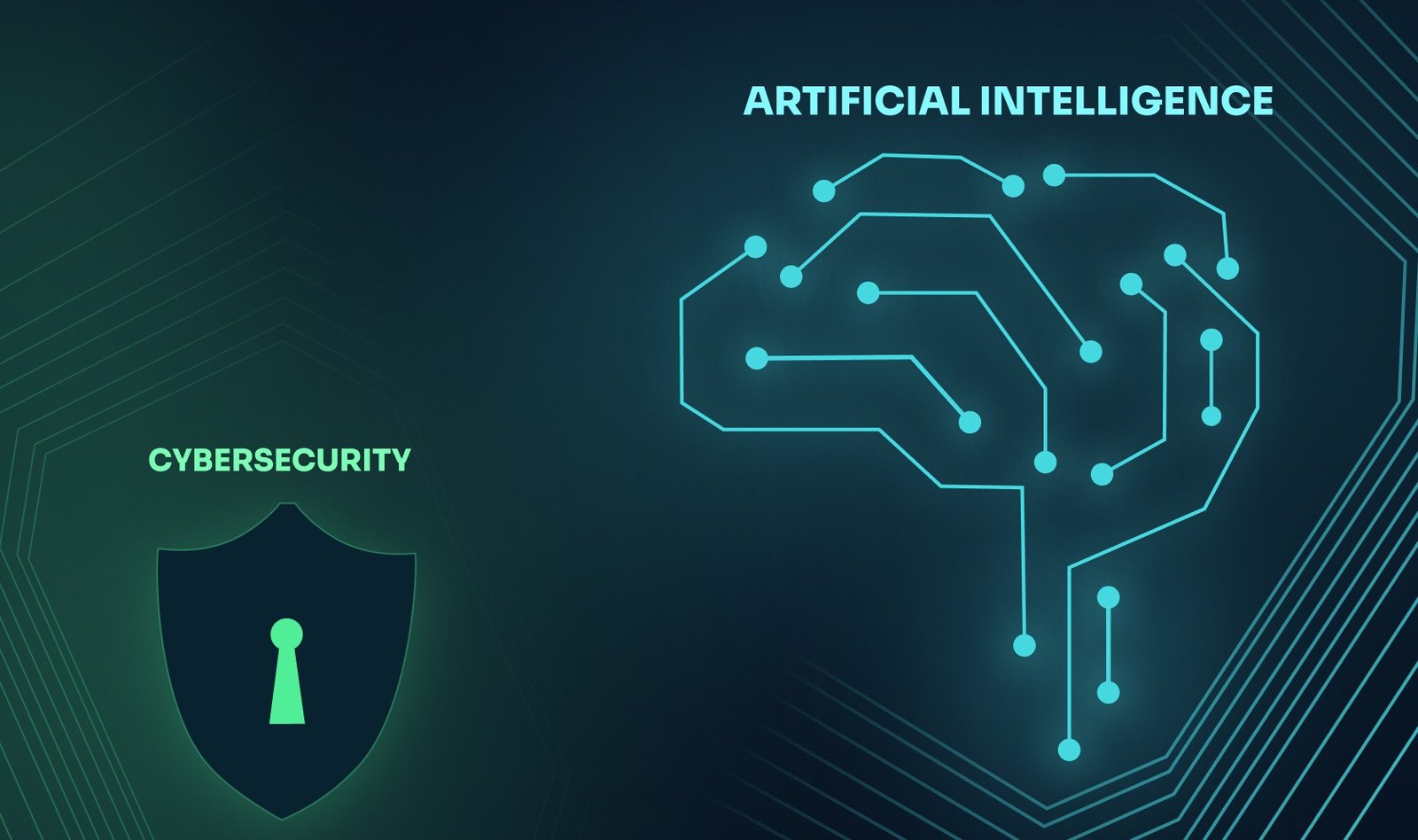Artificial Intelligence in Cybersecurity: Enhancing Digital Defense
Published on: August 27, 2025 | By: blog-ai

What is Artificial Intelligence in Cybersecurity?
Artificial Intelligence (AI) in cybersecurity refers to the application of machine learning algorithms, neural networks, and advanced analytics to monitor, detect, and respond to cyber threats. These sophisticated systems analyze enormous volumes of data in real-time, identifying anomalies, patterns, and potential breaches faster than traditional security methods. This proactive approach allows organizations to prevent attacks before they escalate, improving overall digital defense capabilities significantly.
The integration of these advanced technologies with other security frameworks such as cloud security platforms and endpoint detection systems creates comprehensive layered protection strategies that adapt to evolving threats.
Key Applications of AI in Cybersecurity
1. Threat Detection and Response
Advanced algorithms can continuously monitor network traffic and system activity to identify unusual behavior patterns. These systems can detect distributed denial-of-service (DDoS) attacks or ransomware incidents at early stages, enabling immediate mitigation responses. The integration of automated threat detection allows for rapid response, dramatically reducing the time between detection and containment of security incidents.
2. Malware Analysis
Machine learning models analyze code structures and network patterns to classify and identify malicious software. This advanced approach enables security teams to detect zero-day attacks and polymorphic malware that traditional signature-based antivirus solutions often miss, providing a crucial layer of additional protection.
3. Phishing Detection
Intelligent systems scan emails and digital communications to detect sophisticated phishing attempts. By analyzing linguistic patterns, sender reputation metrics, and behavioral anomalies, these solutions can alert users or automatically block malicious emails before they reach their intended targets.
4. Behavioral Analytics
Continuous monitoring of user behavior helps detect insider threats and compromised accounts. Advanced systems can flag deviations from normal activity patterns, such as unusual login locations or abnormal file access behaviors, which might indicate unauthorized access attempts or account compromise.
5. Predictive Threat Intelligence
Sophisticated security platforms utilize predictive analytics to anticipate potential future attacks based on historical data and emerging trends. This forward-looking approach allows organizations to strengthen their defenses proactively, significantly reducing the likelihood of successful breaches and minimizing potential damage.
Benefits of AI-Driven Cybersecurity
- Enhanced Threat Detection: Advanced systems identify complex and sophisticated threats faster than traditional security approaches
- Reduced False Positives: Machine learning improves detection accuracy over time, minimizing unnecessary alerts and alert fatigue
- Scalability: Automated systems efficiently process vast data volumes for organizations of all sizes and complexities
- Proactive Defense: Predictive capabilities enable organizations to anticipate and prevent attacks before they occur
- Continuous Learning: Adaptive systems learn from past incidents to improve future defense mechanisms and responses
Explore more about advanced defense strategies in our related article on security strategies.
Challenges in Implementing AI in Cybersecurity
- Data Privacy Concerns: Advanced systems require access to sensitive datasets, raising important privacy considerations
- Complexity: Deployment and maintenance of sophisticated solutions require specialized expertise and resources
- Adversarial Attacks: Malicious actors may attempt to deceive security models, exploiting potential vulnerabilities
- Cost: Developing and operating advanced security platforms can involve significant investment
- Integration Issues: Combining new technologies with existing security infrastructure can present technical challenges
The Future of AI in Cybersecurity
The role of advanced technologies in cybersecurity will continue to expand with developments in deep learning, natural language processing, and predictive analytics. Future security systems will be capable of autonomous threat mitigation, continuous adaptation to new attack techniques, and seamless integration with global threat intelligence networks. Organizations adopting these innovative technologies will maintain resilience against increasingly sophisticated digital threats.
Stay updated with the latest security trends in our Cybersecurity Trends 2025 report.
Expert Insights: AI and Cybersecurity
For a deeper understanding of the impact of advanced technologies on digital security, watch the following expert discussion:
Conclusion
The integration of artificial intelligence in cybersecurity is fundamentally transforming the digital defense landscape. Its advanced capabilities in threat detection, predictive intelligence, and automated response provide organizations with significant advantages against evolving cyber threats. While implementation challenges exist, including cost considerations and integration complexities, the strategic benefits of adopting innovative security solutions outweigh these obstacles. Organizations should prioritize the integration of advanced technologies to maintain security and competitiveness in our increasingly connected digital ecosystem.




